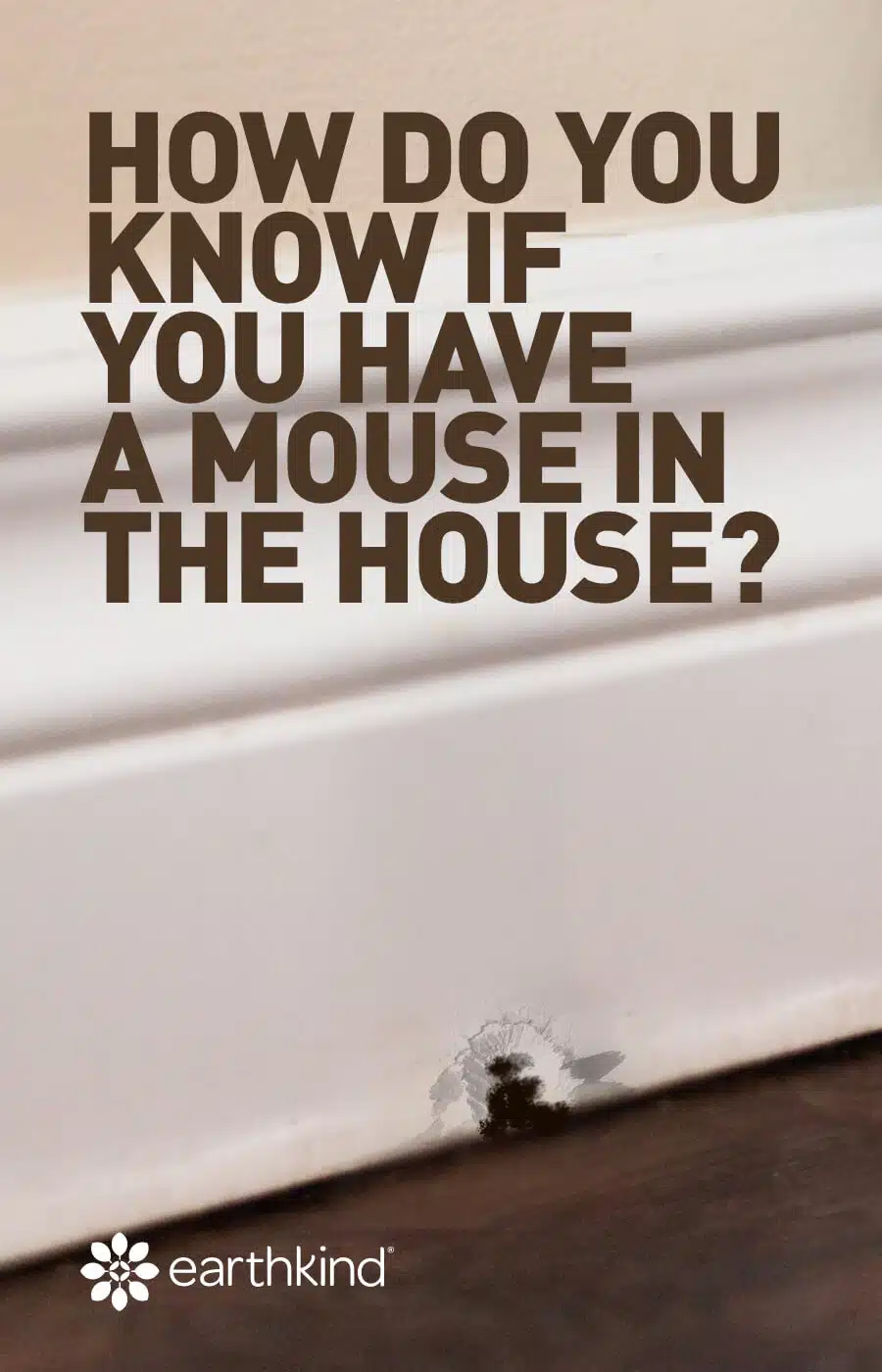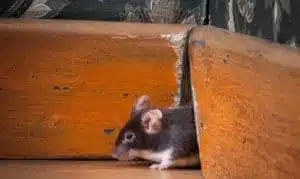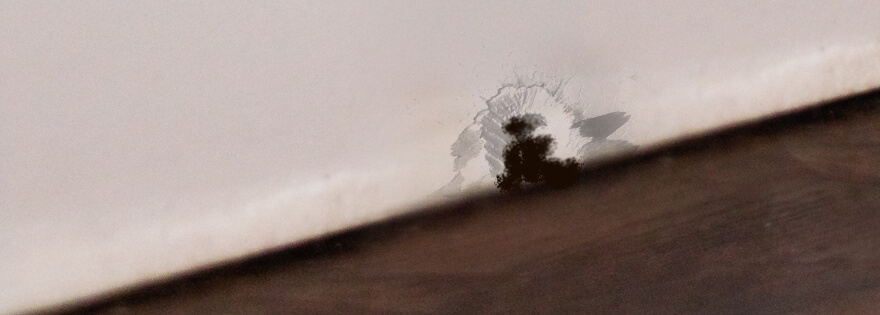How to Tell If You Have Mice In Your Home
By : Rita Stadler
If you’ve heard strange scurrying or scratching sounds in your walls, found mysterious holes in food boxes, or worse, you’ve noticed chewed-up and shredded paper around your home, you may have a mouse infestation on your hands. Mice shred up paper to make their nests comfy, can pass through the smallest of spaces, chew holes in food packages in your pantry and leave their droppings everywhere.
Some of the common signs to look for that will help you determine if you have a mouse infestation include seeing rub marks or feces, finding containers that have been gnawed on, finding a nest, spotting markings in storage areas or vehicles, smelling mouse droppings, and hearing mice. It’s a bit harder to spot rodents because they are typically active when the least danger is present, so instead, you must look for the markings they leave around your home. Here are some other signs to help you determine if you have a pest problem.
Signs of Mice to Look For
Whether you think you have a rodent problem inside your home, in a storage area, or out in the garage, here are common signs of mouse activity to keep an eye out for:
- Rub marks along walls and floor: Mice make paths along walls and leave smudges or smears that are created from the grease on their fur. These paths often run along walls or baseboards with furniture or hiding spots that mice can disappear behind.
- Feces: Mouse droppings look like dark colored grains of rice or like a little pellet. They may be seen along the paths the pest has created as well as any places the mouse hangs out. Look in places that would provide good food sources or shelter for the creature.
- Chewed Up Containers: Gnaw marks on containers that look as if they have been chewed through by sharp, little teeth. This is most common in cardboard boxes like cereal boxes or rice containers. Mice will take over anything that may provide food or shelter. Bags or boxes that store clothing may be chewed through because the soft materials inside provide great nesting material.
- Nests: Nests are commonly found in drawers or cupboards. They can be made out of anything that mice can chew through, which is a lot! Clothes, cardboard, hair, the list is never-ending.
- Markings Around Garages or Storage Area: Mice will leave similar markings in these types of areas just as they do in your home. Look for chew marks in boxed containers and look for trails and excrement. These may be more difficult to spot than in a house, but can be found anywhere rodents may hide such as corners, behind toolboxes, or around stored items.
- Markings in Vehicles: A damaged interior is a major sign of a mouse infestation. Rodents that have made a home out of your vehicle are going to use what they can to make a nest and to eat. Your ceilings, cloth OR leather seats, carpet, and even electrical wires will be chewed through. You may find nests made out of the interior in the vehicle’s trunk, body, hood, and even in the center console or glove box.
- Oder: When mice infest your home, they bring a musty, stale smell that’s hard to ignore. This odor comes from their urine, and it gets stronger in areas where mice spend the most time.
- Sounds: You might hear tiny squeaking, scampering, gnawing, or scratching noises, especially at night when it’s quiet. These sounds often come from inside walls, ceilings, or floors, where mice are busy looking for food or building nests.
Where to Look
As mentioned above, a sure-fire sign of a rodent problem is finding mouse or rat droppings. They leave droppings while running about and in areas they visit regularly. The first thing you should do is grab a flashlight and look in these common areas where these critters like to hide:
- Cabinets
- Sinks
- Appliances (stoves or refrigerators, dishwashers, etc)
- Behind Drawers
- Behind Cupboards
- Basements
- Inside boxes
If you find droppings anywhere in your house, you can be certain a rodent has been there. Besides seeing droppings, you may notice the strong smell of a dead mouse. Changes in pet behavior can also be a sign. If you have pets in the house, you may notice them watching a certain spot or scratching the floor; dogs may detect the presence of rodents even when people can’t.
Why It’s Important to Act Fast
If you notice signs of mice around your home and determine you have a problem, it’s important to take action. While some rodents may seem tiny and harmless, they carry diseases that can be threatening to people. Here are just a few of the diseases they may carry:
- Hantavirus
- Hemorrhagic Fever
- Bubonic Plague
- Salmonellosis
The possibility of these diseases are just one reason why you must take proactive measures to eliminate the problem immediately.
If you come across droppings, follow the CDC’s instructions for cleaning up after rodents to prevent the risk of disease.
Proactively Monitor Your Mouse Problem
In the colder months, mice and other pests often try entering your home for warmth. They get in through cracks,crevices and openings around your house that have not been sealed securely.
Infestations are pretty common, especially if you live on a farm or in a rural area. City dwellers are no stranger to rodent infestations either. Taking fast action is the best approach.
Homeowners may dislike resorting to mouse traps or rat poison – especially if there are children or pets in the home. Fortunately, there are alternative pest control solutions:
- Start by eliminating their food source.
- Store food in airtight containers.
- Keep trash in a bin with a tightly fitted lid.
- Block potential entry points with steel wool and silicone caulk.
- Use a botanical rodent repellent to both help get rid of the problem and prevent it from happening again in the future. Stay Away® Rodent is made with powerful botanic ingredients and provides continuous protection for 30 days.
Shop EarthKind products online or in a store near you.








